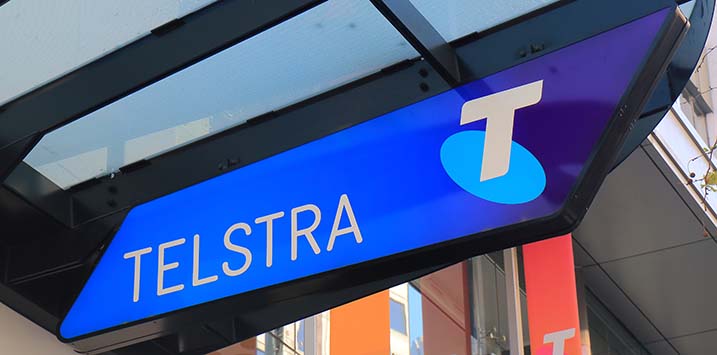
Telstra’s half year results – modest gains driven by cost control not expansion
Telstra’s (ASX:TLS) latest half-year financial results, released yesterday, tell a story of modest gains, underpinned by cost control rather than broad-based expansion, raising important questions about the company’s path to sustainable growth.
The good news included an increase in the dividend and the announcement of a $750 million share buy-back. Forward guidance was reiterated, as expected. The standout bright spot was Telstra’s mobile business, which continued to drive genuine revenue gains, while other divisions showed signs of strain.
Revenue growth hovered in the low single digits and profit advanced at a mid-single-digit rate, yet these improvements relied heavily on expense reductions.
While shrinking to greatness can boost the bottom line in the short term, it is rarely a viable long-term strategy.
Investment sentiment and capital allocation
Investor enthusiasm was evident when management announced a new share buyback announcement of $750 million and a slight increase in dividends, a move supported by the company’s healthier free cash flow.
This surge in free cash flow came partly from lower capital expenditure, prompting a debate about whether Telstra is holding off on new growth investments due to limited opportunities, or whether it believes its shares are undervalued. The truth might lie somewhere in between, as the shift in capital allocation could reflect both strategic caution and a response to current market valuations.
In addition, Telstra’s push into artificial intelligence (AI) – costing an estimated $700 million – appears focused on defensive efficiency measures, rather than opening up bold new revenue streams.
Meanwhile, infrastructure assets such as InfraCo and Amplitel, have been progressing steadily behind the scenes and remain a real differentiator for Telstra.
Financial performance and market reactions
The half-year results themselves were generally positive, with underlying earnings before interest, tax and amortisation (EBITDA) exceeding forecasts while reported net profit after tax came in slightly lower than some estimates.
Small earnings per share (EPS) shortfalls, influenced by depreciation and amortisation, are expected to trigger minor consensus downgrades for fiscal years 2025 and 2026.
Even so, Telstra’s dividend per share guidance for both years should remain intact, supported by buybacks, a reduced tax burden, and a divergence between cash EPS and accounting EPS.
Within the mobile segment, postpaid average revenue per user rose modestly, and postpaid subscriber growth remained on track, though prepaid subscriber numbers softened. Telstra has also signaled an increase in mobile-related capital expenditure over four years, balanced by cuts elsewhere in its budget.
Outlook and strategic execution
Overall, the company’s targets remain unchanged, including underlying EBITDA guidance of $8.5 to $8.7 billion for the 2025 financial year, alongside business-as-usual capital expenditure (CapEx) of $3.2 to $3.4 billion and strategic investment of up to half a billion dollars.
Management continues to assert that Telstra’s ‘T25’ strategy is on schedule, although it remains to be seen whether further buybacks, cost-reduction measures, and selective investments can consistently deliver the growth bullish shareholders expect.
Hi Roger and team.
Thanks for your ongoing updates! Could you please send me the updated tables 11.1 and 11.2 (growth and multiplier) to assist with calculating intrinsic value? I have the Value.able book but I believe these tables may not apply to the current market conditions (the book is still relevant though :)
Many thanks,
Andrew
Hi Andrew,
We have sent the updated tables to your email.
Many thanks,
Roger